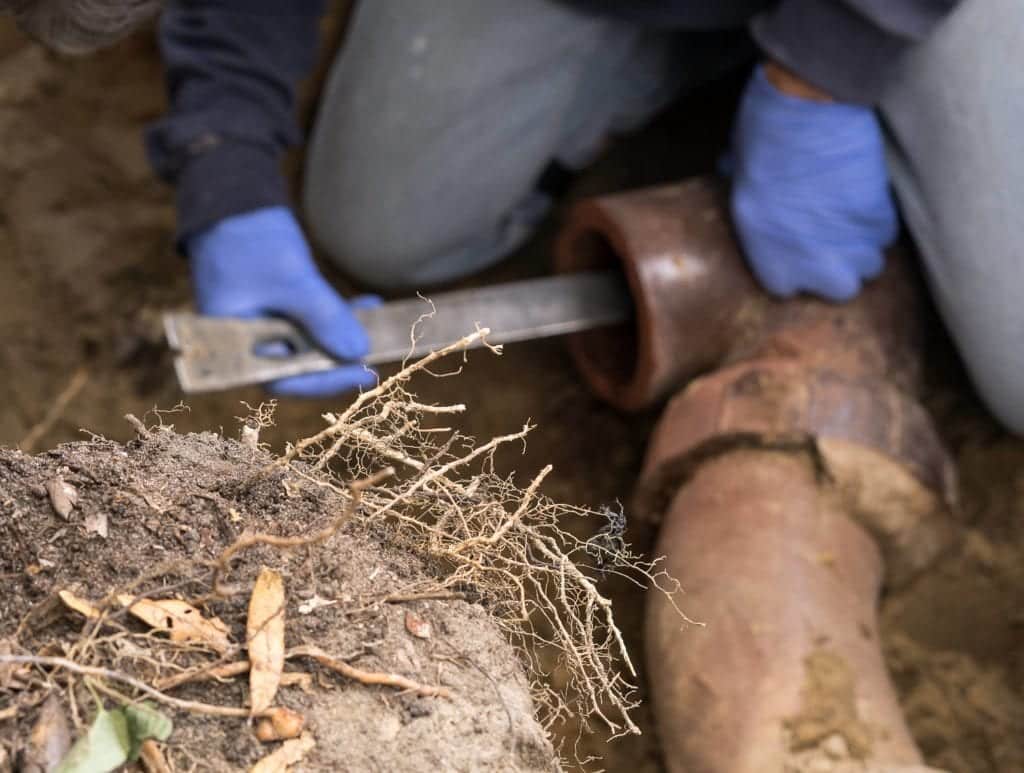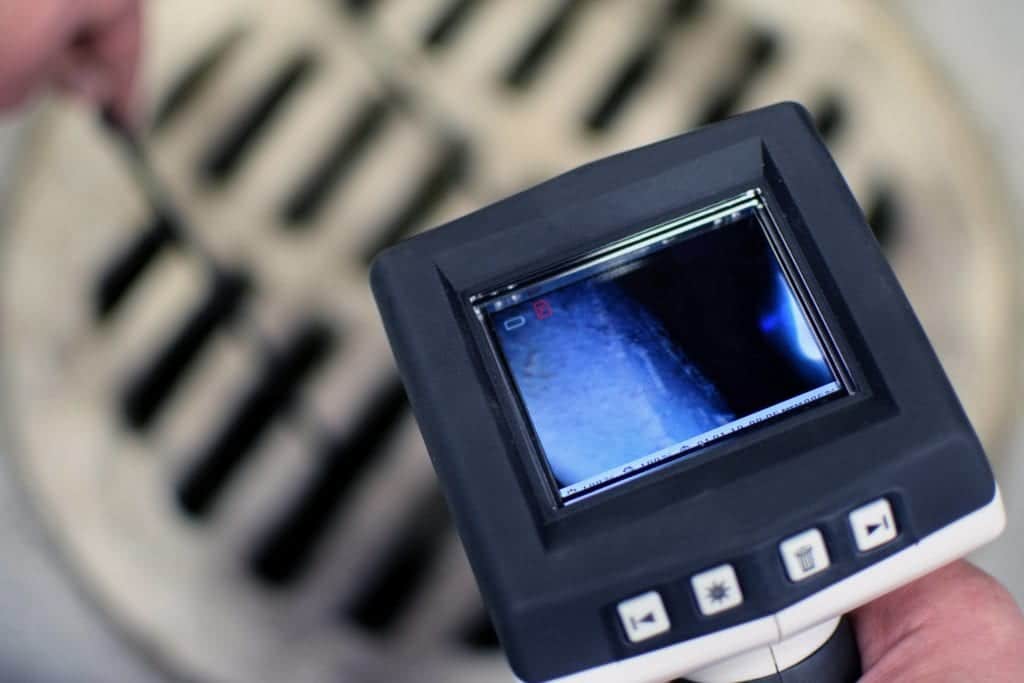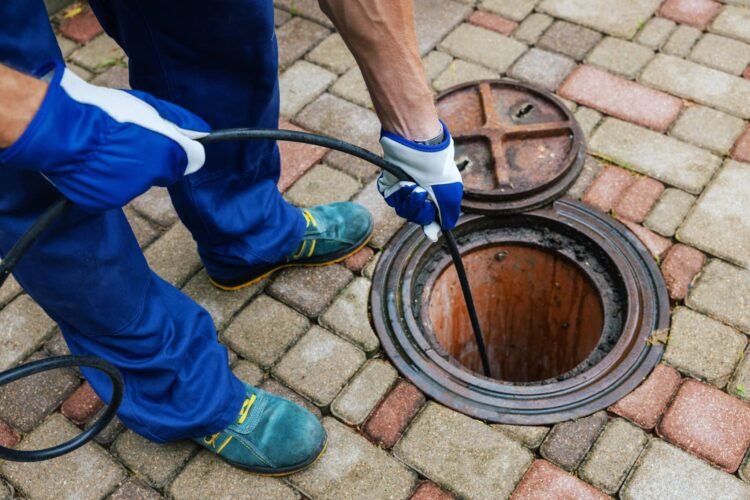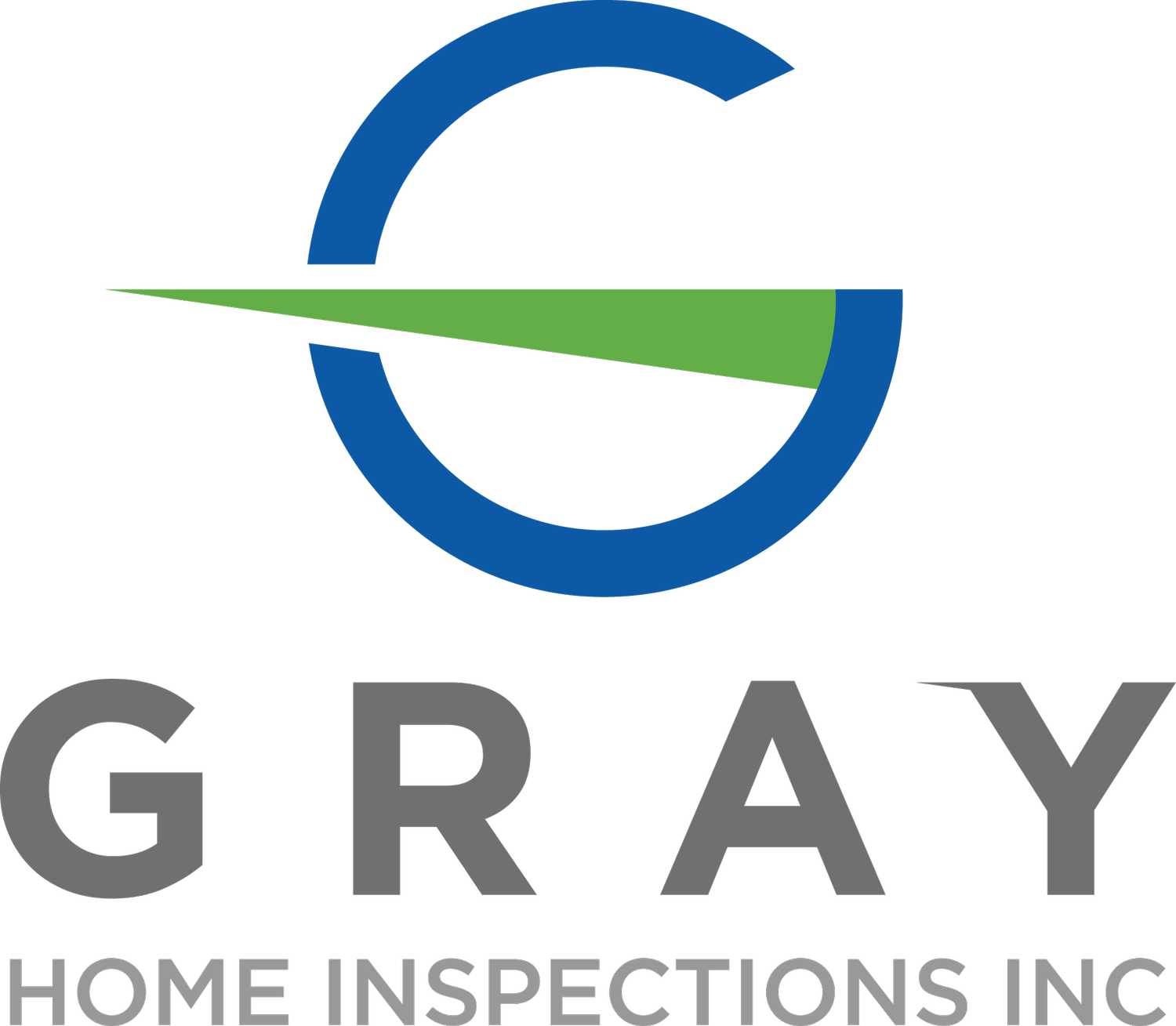What Is A Sewer Scope
Being a homeowner comes with a lot of responsibility. Those responsibilities include a lot of maintenance to your home. If you aren't sure what needs to be done and the condition of your systems in the home, get a home inspection. One of the most recommended inspections is a sewer scope. What is a sewer scope? A sewer scope is conducted by sending a video camera into your home's sewer lines, septic, or HOA tap line.
Let's take a look below at why a sewer scope inspection is essential to the homeowner.
Why Is It Important
There are a variety of reasons why a sewer scope inspection is important. Keep in mind that as homes have been built over the years, different types of piping have been installed. Furthermore, in some years, black pipes were used and in other years, cast-iron pipes were used. Today, we see a lot more PVC piping installed. Let's look at the top reasons for getting a sewer scope:
- Home loan - many lenders will not give a loan out without the sewer scope inspection.
- Old plumbing - homes built between 1945-1972 have Orangeburg pipes or black pipes that are made of hot pitch and wood pulp. You will want to inspect these pipes for damage.
- Too heavy - cast-iron pipes were installed in the 1970s and are so heavy that they can end up causing structural issues. So, you will want to have these pipes inspected.

Why Do I Need One
Believe it or not, there are a variety of reasons why you might want to get a sewer scope inspection. The first reason is very simple. You cannot see what is happening underground. So, conducting this inspection will produce various results and answers. Let's take a look at the list of why we should get the sewer scope inspection:
- Tree roots - tree roots are drawn to the nutrients in your sewer line. The slightest crack will allow roots to enter the sewer line and feast on the water and nutrients in the sewage. Also, this allows them to grow and over time will create a blockage in your sewer line.
- Clay of Concrete Pipes - older homes with clay pipes can end up experiencing cracked or collapsed pipes. This can give access to animals and insects to enter the home. It will also provide a major backup of waste in the ground.
- Plush Green Grass -if you notice an area of your yard that is plush and very green, this is usually an indication of a water leak underground. Having a sewer scope inspection done can find the leak and a professional can then dig up the damaged pipes and replace them.
- Backflow - if your pipes get clogged then the sewage you are flushing can end up backing back up into your home. Also, this will cause some major damage and be harmful to your health. Additionally, getting the sewer scope inspection allows you to see where the potential blockage might be.
- Ground Settling - as your yard settles, the sewer line will sink into your ground. This will also occur depending on the groundwater table, any excavations, or any earthquakes.
Other Issues That Require Immediate Attention
Imagine that you are ready to wash your hands after getting them dirty and you turn the faucet on. Unexpectedly, the water that comes flowing out is brownish and has an awful stench. If this occurs, you need to immediately stop using your water source and utilize bottled water. Then you will need to call a professional to come out and test your water to determine how safe it is.

Other Sewer Concerns
The moment that you start smelling a foul odor or notice that your sinks or toilets are making a gurgling sound, you likely have a sewer concern. These signs are typically a result of a clog or building clog in the sewer line. Follow the steps below to see if you can rectify the situation:
- Mix a 1/2 cup of baking soda with a 1/2 cup of distilled white vinegar
- Pour the solution into your drain
- Place a stopper over the drain that you poured your solution into and let it sit for 30 minutes.
- After 30 minutes is up remove the stopper and use a plunger
- Insert the plunger and move it back and forth until you notice the clog has been released.
- Rinse with warm water down the drain for a few minutes
- Repeat these steps for each area where there is a clog.
If the issue persists, call on a professional master plumber to assist.
Length of Sewer Scope Inspection and Cost
A typical sewer scope inspection should take about an hour. Essentially, this service's average cost can range between $150 and $400. Getting this done as part of your regular maintenance could save you a lot of money down the road.
What Happens During The Sewer Scope Inspection
The sewer scope inspection is very involved. Your inspector will request access to the clean-out area, and will also discuss what you should and should not do as a homeowner. When the inspector arrives on the day of the inspection the following steps may occur.
- Water is kept off - the inspector will request that no water is used during the inspection. This includes running your appliances such as your dishwasher and washing machine. Also, you will not be able to use the sinks, bathtubs, showers, or outdoor faucets. Water will be used by the inspector to float the camera down your sewer line and take pictures.
- Drop cloths - you might have an inspector lay down drop cloths to keep contaminants from the ground out of your sewer line.
- Camera use - your inspector will utilize a camera to take pictures of the entire sewer line and drains. Also, depending on the timing an inspection report with photos could be shared with you on the same day or within a few days. Keep in mind, that the camera will show any major issues in the sewer system and allow you to determine how big of a repair is needed.
As a buyer, you will want to know if there is any damage to the sewer system. Getting this information upfront allows you to re-negotiate with the home seller about the cost of repair. If an agreement cannot be reached then you can decide if you should simply counteroffer or walk away from the purchasing of the home.
Other Recommended Maintenance
Now that you know about a sewer scope, here are a few areas of maintenance. In some cases, you have a home with a septic system. After your plumbing is inspected, you might find that it is time to empty your septic tank. The issues that are mentioned above about clogged pipes can also occur when a septic tank is overflowing. Be sure to get it emptied regularly.
Next, it might be a good idea to read up on how fast tree roots can grow into your sewer pipes. Additionally, having this information on hand allows you to have an understanding of what might be occurring in your plumbing system. The whole reason for a backup or clog could be tree roots.
Lastly, after you have had your sewer scope inspection and the possibility of repairs being done, you will want to make the yard look nice again. Consider adding landscape rock to enhance the aesthetics of your yard. These are great at accentuating your trees and plants and could be a simpler solution to adding new sod.

When Do I Call A Professional
If you are experiencing any of the issues above with your water source or pipes, you will want to call a professional. Also, your local home inspection team can come out and diagnose the plumbing pipes and make recommendations for repairs or fixes. Additionally, make sure that you find a home inspector who is trained in conducting sewer scope inspections.
Conclusion
When purchasing a home make sure that you have all of the necessary inspections completed. No one wants to make a huge investment to find out that they will have expensive sewer bills lingering. Get a sewer scope inspection done so that you can determine if any damage has occurred or if the potential for damage has started. Reach out to Gray Home Inspections for a sewer scope inspection and complete home inspection in Jacksonville, FL, and surrounding areas.
